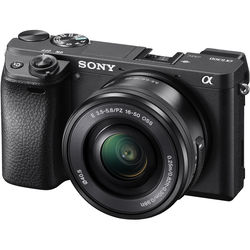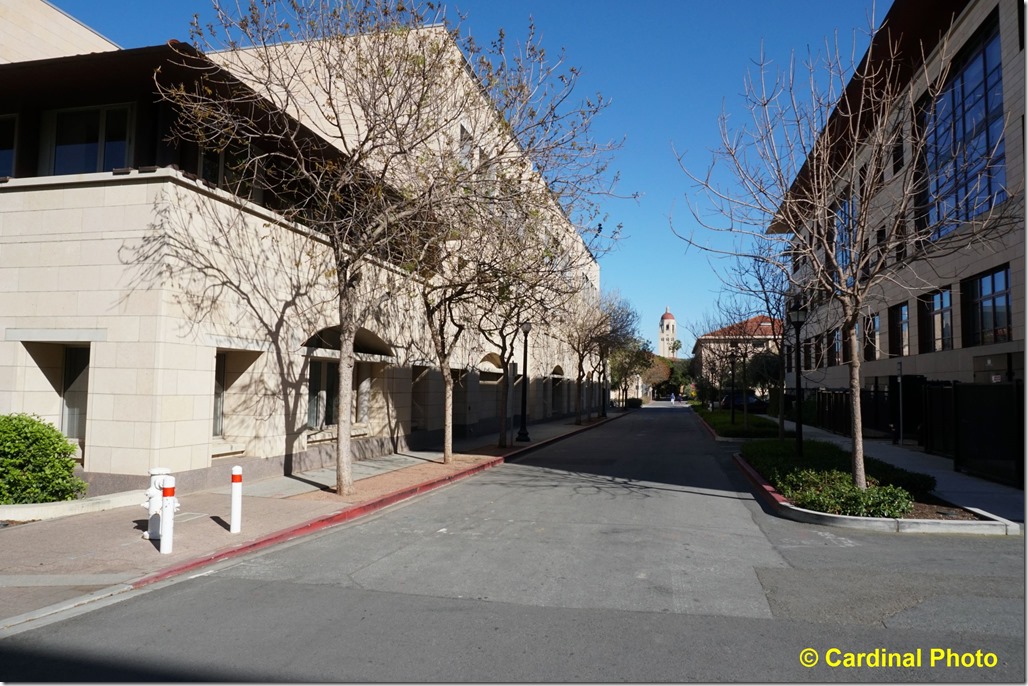- Photo Safaris
- Alaska Bears & Puffins World's best Alaskan Coastal Brown Bear photo experience. Small group size, idyllic location, deluxe lodging, and Puffins!
- Participant Guestbook & Testimonials Candid Feedback from our participants over the years from our photo safaris, tours and workshops. We don't think there is any better way to evaluate a possible trip or workshop than to find out what others thought.
- Custom Photo Tours, Safaris and Personal Instruction Over the years we've found that many of our clients & friends want to participate in one of our trips but the dates we've scheduled just don't work for them or they'd like a customized trip for their family or friends.
- Myanmar (Burma) Photo Tour Myanmar (Burma) Photo Tour December 2017 -- with Angkor Wat option
- Reviews Go hands-on
- Camera Reviews Hands-on with our favorite cameras
- Lens reviews Lenses tested
- Photo Accessories Reviews Reviews of useful Photo and Camera Accessories of interest to our readers
- Useful Tools & Gadgets Handy tools and gadgets we've found useful or essential in our work and want to share with you.
- What's In My Camera Bag The gear David Cardinal shoots with in the field and recommends, including bags and tools, and why
- Articles About photography
- Getting Started Some photography basics
- Travel photography lesson 1: Learning your camera Top skills you should learn before heading off on a trip
- Choosing a Colorspace Picking the right colorspace is essential for a proper workflow. We walk you through your options.
- Understanding Dynamic Range Understanding Dynamic Range
- Landscape Photography Tips from Yosemite Landscape Photography, It's All About Contrast
- Introduction to Shooting Raw Introduction to Raw Files and Raw Conversion by Dave Ryan
- Using Curves by Mike Russell Using Curves
- Copyright Registration Made Easy Copyright Registration Made Easy
- Guide to Image Resizing A Photographers' Guide to Image Resizing
- CCD Cleaning by Moose Peterson CCD Cleaning by Moose Peterson
- Profiling Your Printer Profiling Your Printer
- White Balance by Moose Peterson White Balance -- Are You RGB Savvy by Moose Peterson
- Photo Tips and Techniques Quick tips and pro tricks and techniques to rapidly improve your photography
- News Photo industry and related news and reviews from around the Internet, including from dpreview and CNET
- Getting Started Some photography basics
- Resources On the web
- My Camera Bag--What I Shoot With and Why The photo gear, travel equipment, clothing, bags and accessories that I shoot with and use and why.
- Datacolor Experts Blog Color gurus, including our own David Cardinal
- Amazon Affiliate Purchases made through this link help support our site and cost you absolutely nothing. Give it a try!
- Forums User to user
- Think Tank Photo Bags Intelligently designed photo bags that I love & rely on!
- Rent Lenses & Cameras Borrowlenses does a great job of providing timely services at a great price.
- Travel Insurance With the high cost of trips and possibility of medical issues abroad trip insurance is a must for peace of mind for overseas trips in particular.
- Moose Peterson's Site There isn't much that Moose doesn't know about nature and wildlife photography. You can't learn from anyone better.
- Journeys Unforgettable Africa Journeys Unforgettable -- Awesome African safari organizers. Let them know we sent you!
- Agoda International discounted hotel booking through Agoda
- Cardinal Photo Products on Zazzle A fun selection of great gift products made from a few of our favorite images.
- David Tobie's Gallery Innovative & creative art from the guy who knows more about color than nearly anyone else
- Galleries Our favorite images
Sony a6300: A nearly perfect camera if you can live with the controls
Sony a6300: A nearly perfect camera if you can live with the controls
Submitted by David Cardinal on Tue, 03/29/2016 - 10:30
 Almost every photographer I know wishes their camera was smaller and lighter. But of course they don’t want to give up speed or features. This is particularly true with those of us clinging to our DSLRs, but constantly eyeing the mirrorless category for new models, as they creep up on our larger cameras in capability. With the launch of its Sony a6300, yet another set of barriers to moving to mirrorless have come down. I’ve been shooting with one since its launch and while I’ll be doing a more-detailed review, I wanted to get my preliminary thoughts out.
Almost every photographer I know wishes their camera was smaller and lighter. But of course they don’t want to give up speed or features. This is particularly true with those of us clinging to our DSLRs, but constantly eyeing the mirrorless category for new models, as they creep up on our larger cameras in capability. With the launch of its Sony a6300, yet another set of barriers to moving to mirrorless have come down. I’ve been shooting with one since its launch and while I’ll be doing a more-detailed review, I wanted to get my preliminary thoughts out.

The Sony a6300 has good dynamic range for an APS-C camera, even in this standard JPEG shot.
In short, the camera is amazing marvel of technology. It is wicked fast (hundreds of phase and contrast detect AF points, and up to 20fps, for example), and the image quality is as good as you’d expect from a flagship Sony APS-C 24MP sensor. Also typical of Sony, it is chock full of video features, and supports all those cute little apps that Sony loves to market as part of its PlayMemories brand. Unfortunately, the complexity slows down the camera’s turn on time, so you’d better be prepared for something to happen before it does. The Sony a6300 supports the increasingly-impressive line of Sony lenses.
However, the camera has a really-glaring dark side. The controls are basically those of a point and shoot. Instead of the friendly, fast, and well-placed control buttons and dials you’d find on a Nikon or Canon (or even Sony) DSLR, it has the toy-like interface typical for a compact camera. If you’re used to a Sony RX100, or even a Sony NEX model, and have learned to live with those controls, you’ll have no trouble. If you’re coming from a DSLR, you’ll likely be frustrated, at least for awhile. As a simple example, the top-right control dial (useful for Aperture in A mode, etc.) is placed very near the edge of the camera, so your forefinger doesn’t rest on it comfortably. And instead of a DSLR-typical back dial near your thumb, you need to fiddle around to find the ridged-ring. Inside that ring, you’ll also find the 4-way rocker used by many compact cameras (although with different meanings to each direction), instead of the easier-to-use separate buttons you’d expect from a high-end model. Of course, the smaller size of the camera compared to a DSLR is part of the reason for the compressed controls, and I’m sure Sony is also looking to get its compact camera users to feel comfortable with it, but they’re not doing serious photographers any favors.
The Sony a6300 does a remarkably good job “out of the box” with tricky backlit scenes like this one.
Image untouched (except for scaling) from original JPEG taken with standard “kit” zoom
Stay tuned for my more complete review after I’ve had a chance to shoot some assignments with it. In the meantime, if you are okay with compact-camera-type controls, the Sony a6300 is a nearly perfect mirrorless camera.
- Log in to post comments


